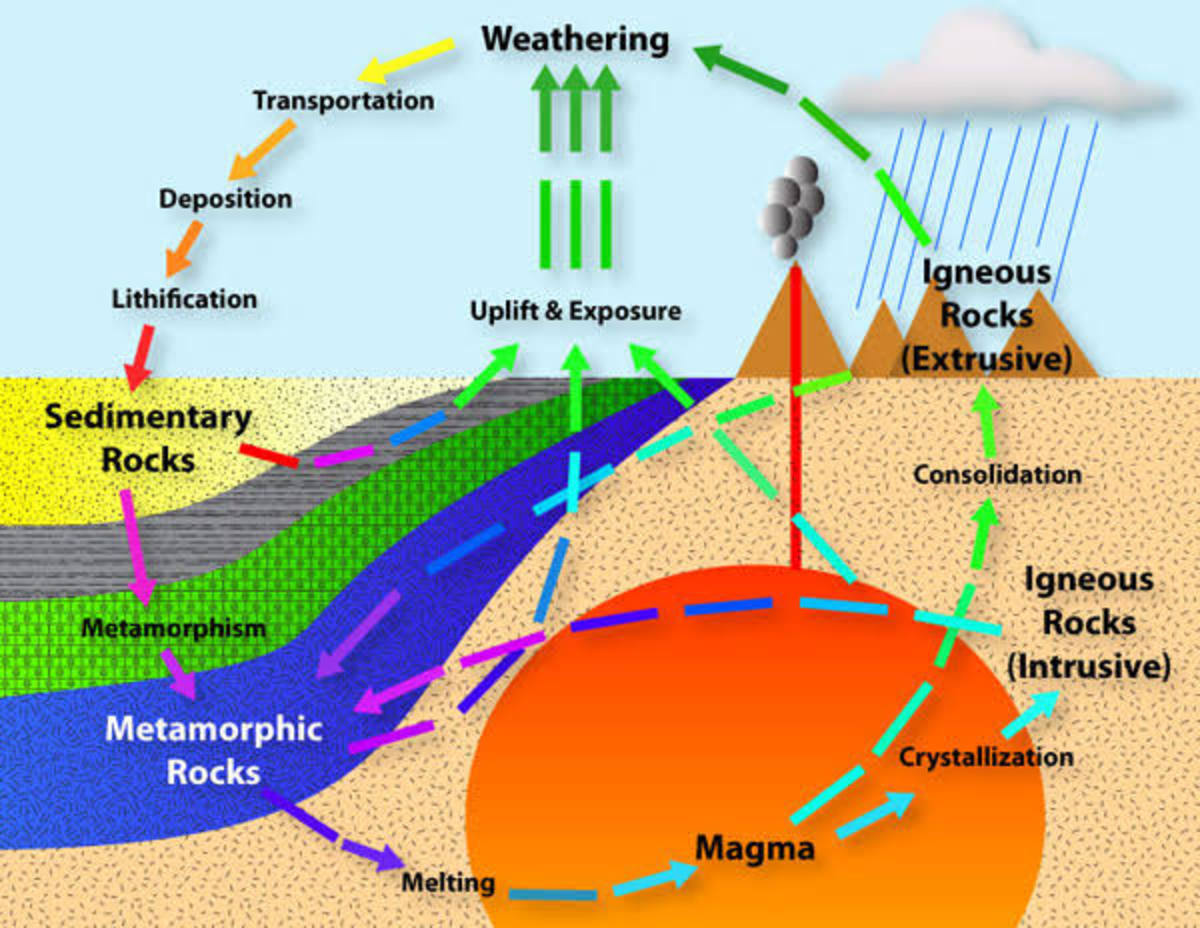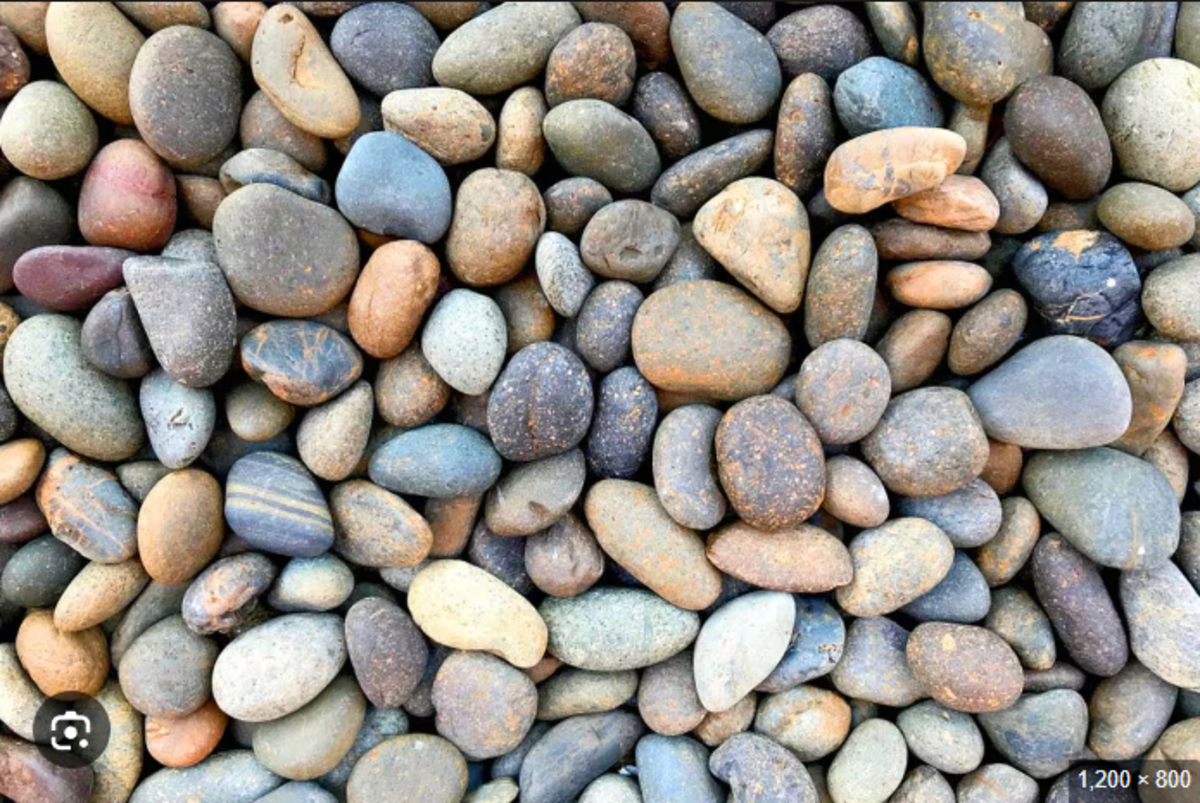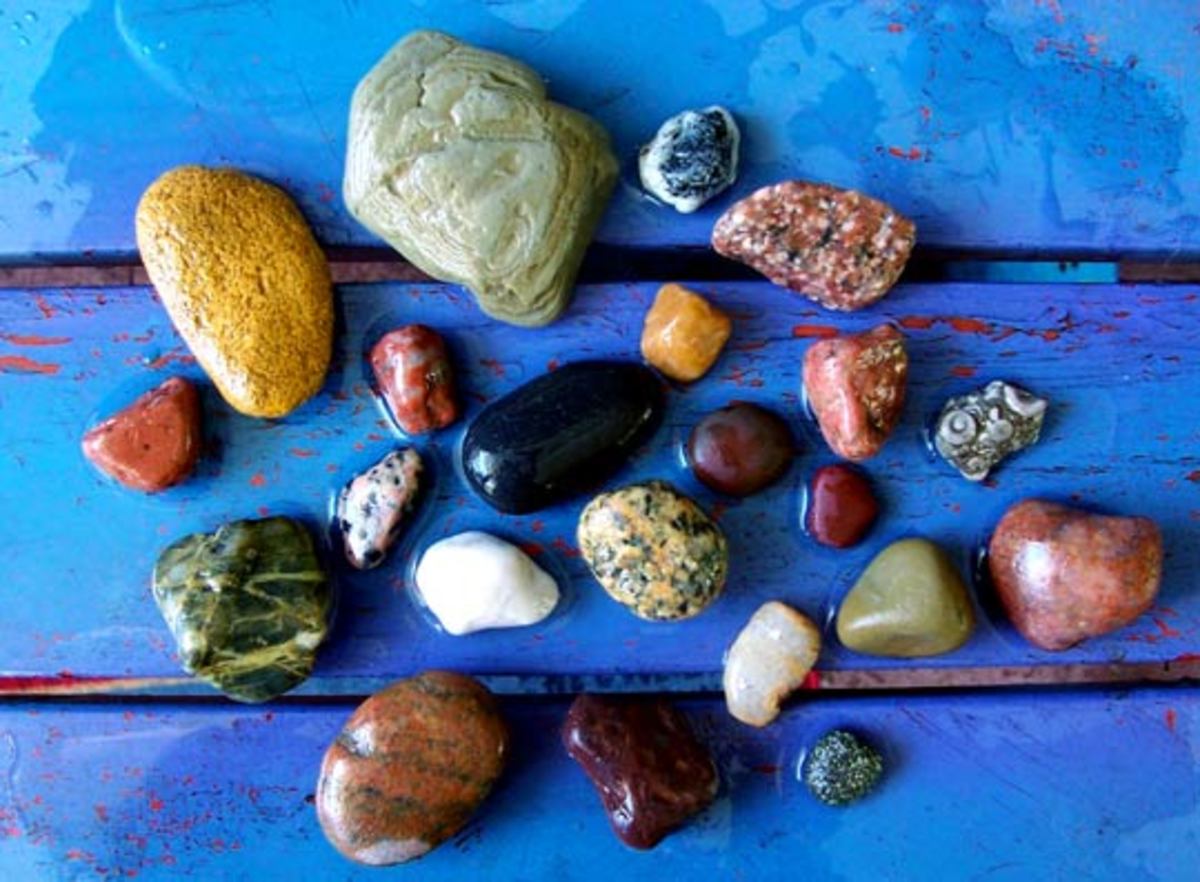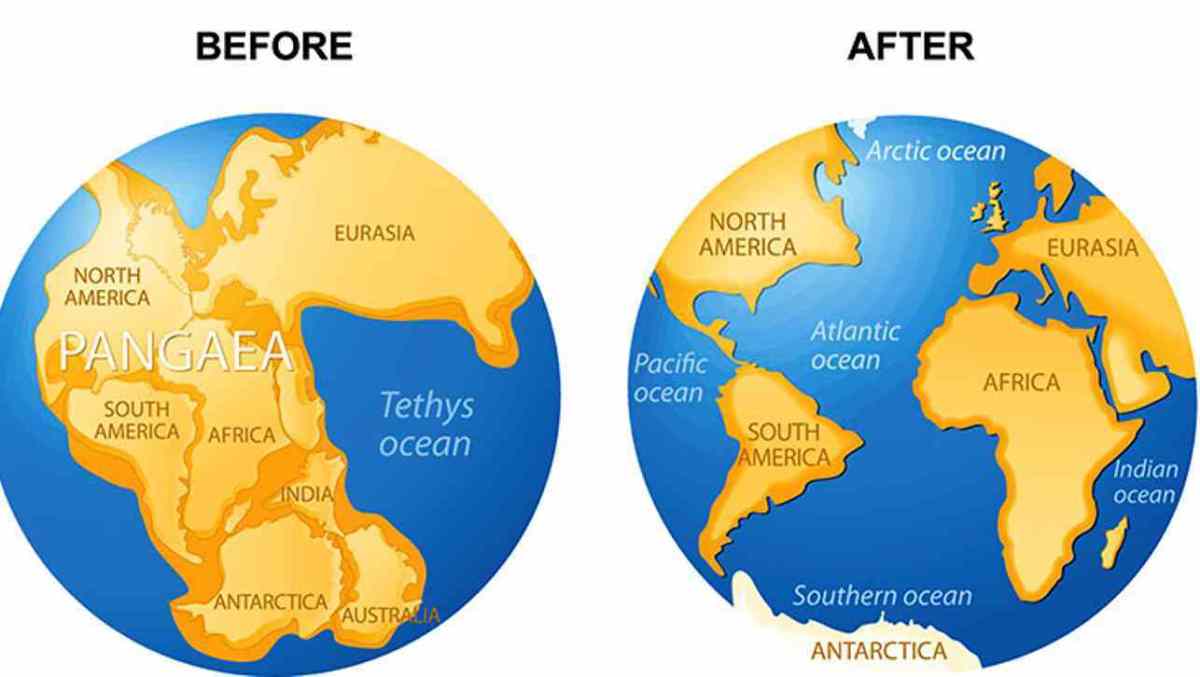Classification of Rocks

The rocks represent the material of which the earth is made. A rock is a mixture of various minerals. A rock having a large concentration of a single mineral so that the given mineral can be extracted from it is called an ore of the mineral concerned. The nature of the rocks varies from one part of the earth to the other. On the basis of their mode of formation rocks are classified into three groups:
- Igneous rocks
- Sedimentary rocks and
- Metamorphic rocks.
Igneous rocks
Igneous rocks are those which have solidified from the molten material or the lava ejected from the interior of the earth. They are also known as the primary rocks. The igneous rocks are further divided into extrusive rocks and intrusive rocks. When the solidification takes place on the surface of the earth, the rocks are called extrusive rocks. A typical example of this rock is basalt. It is a very fine grained rock. When the solidification takes place below the surface of the earth, the rocks are known as intrusive rocks. Granite is a typical example of such intrusive igneous rocks. Granite has large crystals. When the solidification takes place at a very great depth, the rocks are known as plutonic rocks. Granite deposited at great depths is an example of plutonic rocks. The igneous rocks are solidified as intrusive rocks when the melting point of the lave is very high so that it does not get an opportunity to come to the surface. Such lava is generally rich in silica and poor in metallic minerals. Such rocks having a high concentration of silica are called acidic igneous rocks also. On the other hand the lava containing a larger concentration of metallic minerals generally has a lower melting point and it is likely to come to the surface before solidification. It is thus more likely to form basaltic extrusive rocks. These rocks are called basic igneous rocks also.
The igneous rocks are crystalline, hard and generally impervious. They do not contain fossils. Metallic minerals are found in such rocks. They form the core of most of the stable blocks of continents such as the peninsular shield of India.
Sedimentary rocks
Agencies such as rivers, winds, running water, animals, plants etc. help in disintegration of rocks to produce loose rock fragments of all sizes. Such rock material is transported by the moving agents like rivers, glaciers and winds etc. from their source regions sometimes to very distant areas and it is deposited in the low lying areas such as lakes and other shallow seas. Such dropped materials are called sediments. Accumulation of such sediments in course of time gives rise to a type of rocks known as sedimentary rocks. Since they are formed in distinct layers they are also known as stratified rocks. In the process of deposition this loose fragmented materials get sorted according to its weight and size. On the basis of the origin of the material forming them the sedimentary rocks are classified as inorganic and organic rocks. Sandstone and clay are examples of inorganic sedimentary rocks while coal and limestone deposited by corals are organic sedimentary rocks. They are the most widespread rocks on the surface of the earth.
The sedimentary rocks are identified on the basis of the presence of layers. They are generally porous and permeable and are generally soft. Fossils are found in such rocks. They do not contain crystals but are generally granular in structure.
Metamorphic rocks
Metamorphic rocks are altered or modified rocks. The sedimentary or the igneous rocks when subjected to a great deal of pressure or heat are made more compressed and denser. The sedimentary rocks may be crystallized as a result of melting due to high pressure or temperature. Such a change is called metamorphism. One example of such processes is the thermal or contact metamorphism which occurs when the rocks come in contact with hot lava and are thus baked. When the metamorphism occurs due to pressure exerted on the rocks either due to a very large accumulation of matter over them or due to earth movements, it is called regional metamorphism. Limestone is converted into marble and clay is converted into slate due to metamorphism. Quartz and graphite are also examples of such rocks.
The metamorphic rocks may or may not contain layers depending upon whether they have been formed from sedimentary rocks or from igneous rocks. Generally they are hard and compact and may or may not contain fossils.
Also See related Geography Articles:
- Theories and Hypothesis On The Origin Of The Earth
Origin of the Earth, Theories and Hypothesis On The Origin Of The Earth. Kant's gaseous hypothesis, Laplace's nebular hypothesis, Jeans and Jeffreys tidal hypothesis. - Movements of the Earth
Movements of the Earth, Revolution and Rotation of the Earth. The earth has two motions, the rotation and the revolution. The earth revolves around the sun and also rotates on its own axis. - Moon and the Earth
Moon is the only satellite of the Earth. The moon rotates on its axis and revolves round the earth in a fixed orbit. Eclipses, distance between the moon and the earth, etc. - Latitudes and Longitudes
Latitudes and Longitudes. Lines on the surface of the earth, measured northwards or southwards of equator is called the latitude. Longitude is the basis of measurement of time on the surface of the earth. - Structure of the Earth
Information about the internal structure of the earth is derived through the studies of earthquake waves. The topmost solid crustal layer of the earth is called the lithosphere. The layer below the crust is called the mantle.








